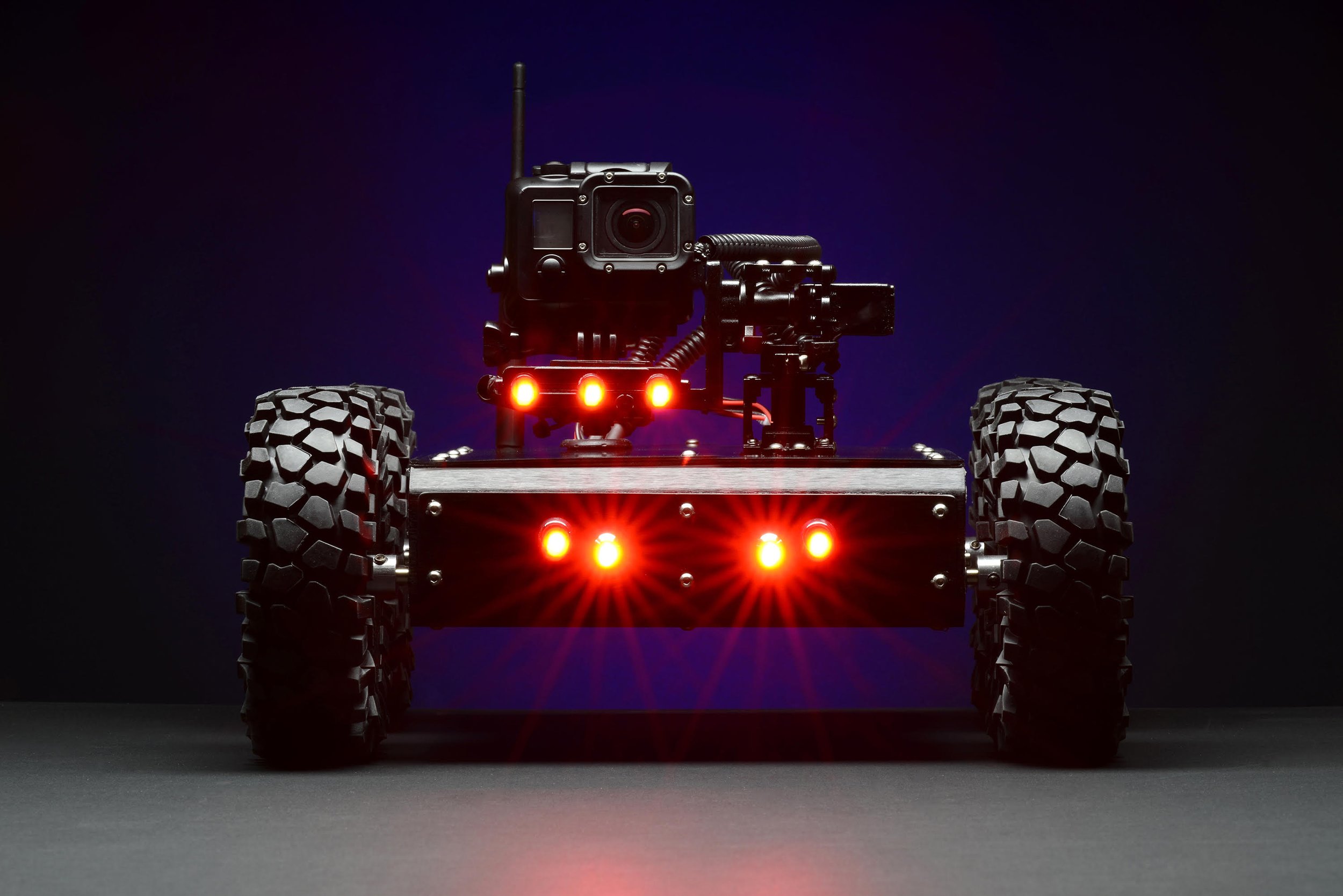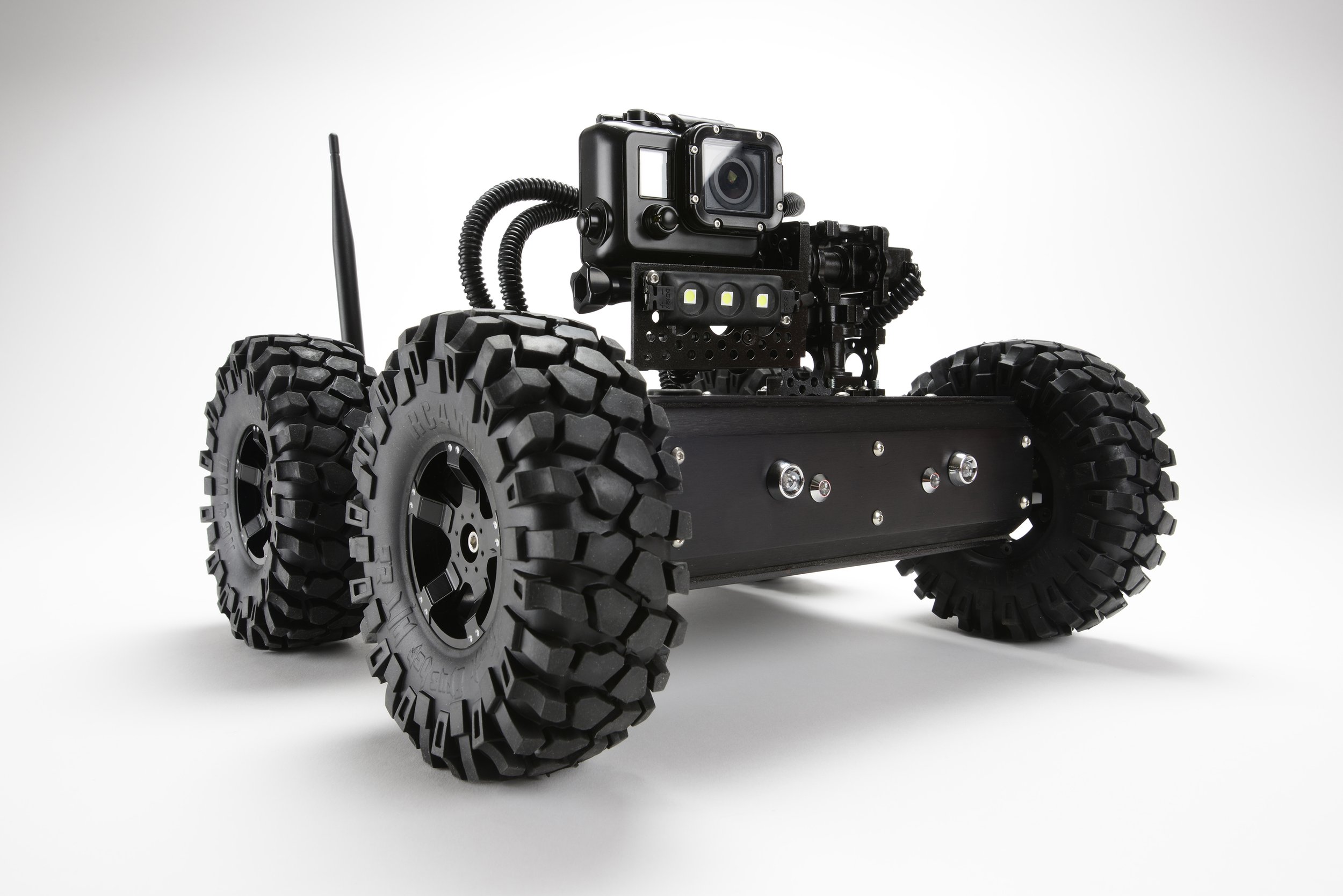-
- آخر تحديث ١٤ مارس، ٢٠٢٤ تعليق ٠ , ٢٠٧ views, ٠ مثل
More from inspector bots
More in Politics
Related Blogs
أرشيف
What Are the Key Features to Look for in Storm Drain Inspection Cameras?
الجسم
In the realm of home inspections, storm drain inspection cameras have become indispensable tools for assessing underground infrastructure. With the rise of robotic technology, these cameras offer a comprehensive view of stormwater systems, ensuring efficient maintenance and preventing costly damages. This article delves into the key features to consider when selecting storm drain inspection cameras, particularly in the context of robotic home inspections.
Resolution and Image Quality:
High-definition (HD) resolution: Opt for cameras with HD resolution to capture clear and detailed images of storm drains.

Enhanced image processing: Look for cameras equipped with advanced image processing capabilities to enhance clarity and detect even minor defects.
Low-light performance: Ensure the camera performs well in low-light conditions, enabling inspections even in dimly lit storm drains.
Robustness and Durability:
Waterproof design: Choose cameras with waterproof housing to withstand immersion in water, essential for storm drain inspections.
Impact resistance: Prioritize cameras built with durable materials capable of withstanding accidental impacts or rough handling in challenging environments.
Temperature tolerance: Select cameras that can operate within a wide temperature range, ensuring reliability in varying weather conditions.
Maneuverability and Flexibility:
Articulating capabilities: Look for cameras with articulating heads or flexible cables to navigate through complex pipe networks and bends effortlessly.
Remote control: Opt for cameras that can be operated remotely, facilitating precise control and maneuverability within confined spaces.
Compatibility with robotic systems: Ensure compatibility with robotic platforms to automate inspections, reducing manual labor and enhancing efficiency.
Data Capture and Integration:
Real-time streaming: Choose cameras capable of streaming live footage to enable real-time monitoring and decision-making during inspections.
Data logging: Prioritize cameras equipped with data logging functionalities to record inspection data for analysis and documentation.
Integration with software systems: Select cameras that seamlessly integrate with inspection software for efficient data management and reporting.
Battery Life and Power Management:
Long-lasting batteries: Opt for cameras with extended battery life to sustain prolonged inspection sessions without frequent recharging.
Power-saving features: Look for cameras with power-saving modes or automatic shutdown functionalities to conserve battery life when not in use.
Compatibility with external power sources: Ensure compatibility with external power sources for continuous operation during extended inspections or when battery levels are low.
Conclusion: Storm drain inspection cameras play a pivotal role in robotic home inspections by providing vital insights into the condition of underground stormwater systems. When selecting these cameras, prioritizing features such as high resolution, durability, maneuverability, data capture capabilities, and efficient power management is crucial. By investing in cameras equipped with these key features, homeowners and inspection professionals can conduct thorough assessments, mitigate risks, and ensure the longevity of storm drainage infrastructure.










تعليقات